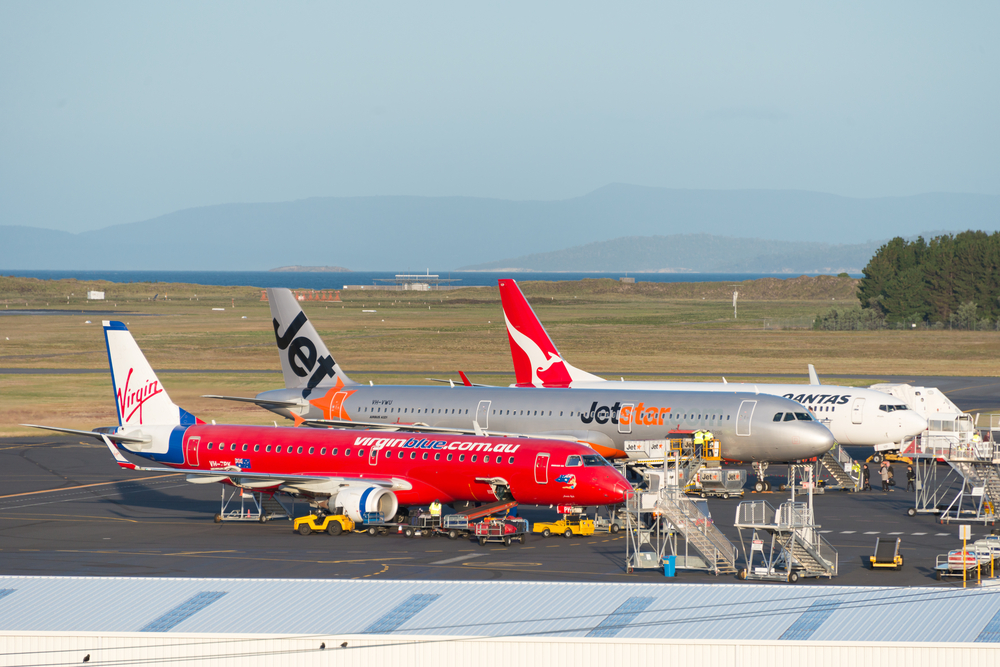
A report on Simply Flying yesterday covered how the domestic airline industry in Australia has marked a significant milestone. The sector is now operating more flights than it was this time last year. Exactly twelve months ago, the number of domestic flights operated in Australia was going into a steep decline. Now, the market is rapidly increasing.
Before the full force of the travel downturn kicked in last year, there were comfortably more than 1,500 domestic flights a day in Australia. In mid-February 2020, that number was closer to 1,800 domestic flights a day. That didn’t include just Qantas, Jetstar, and Virgin Australia. Bolstering the numbers were flights by a host of under the radar commuter airlines like Sharp Airlines, FlyPelican, Airlink, and Aviair.
The number of flights took a dip towards the end of February when the pandemic alarm started sounding. But the number of daily domestic flights still hovered around the 1650 mark until mid-March when they went into freefall.
On the weekend of March 21 and 22, 2020, the dive was underway, and daily domestic flight numbers were about to plunge through the 1,500 mark and bottom out around the 220 mark one month later. Since then, it has been a slow climb back and often a case of two flights forward, one flight back.
The past seven days have seen more Australian domestic flights than in the corresponding seven days in 2020. It’s the first time in 12 months we’ve seen that. In the week ending March 21, 2021, there was an average of 1,501 domestic flights each day. In the same week in 2020, the average daily number of domestic flights was 1,487. It’s a small increase, just 3.77%, but it is a significant milestone.
Granted, this time 12 months ago, flight numbers were falling fast, and the domestic airline industry is still a long way short of recovery, but the trend is in the right direction and gaining momentum.
So, what is driving the recovery? Arguably, the biggest push factors are the no community transmissions which is winning travellers confidence regarding sudden borders closing, coupled with airlines cancelling flights as fast as they timetabled them in, most people gave up trying to fly. That is starting to change now!
Domestic borders seem to be staying open, and State Governments are beginning to splash cash on tourism campaigns encouraging wary travellers to cross borders and spend some money. The Federal Government has also come to the party by subsidizing around 800,000 flight tickets to kickstart regional tourism. It is a hugely different mood to just six months ago.
That is giving the airlines some certainty and the confidence to start boosting previously anaemic schedules. Jetstar is now running at close to 100% of its pre-travel downturn capacity. Qantas is cruising along at about 70%. Virgin Australia is closer to 50%. All going well, Qantas is targeting a return to normal capacity levels by mid-year. Virgin Australia is more modest in its aspirations, looking at around 70% of pre-downturn capacity by then.
The rebound is being led primarily by leisure travel. Corporate travel remains relatively sluggish. But while international travel remains off-limits to most Australians, many are keen to see their own backyard, and that’s good news for the domestic airline sector. Barring unforeseen upsets, it is going to be interesting to watch the growth in Australia’s domestic aviation sector over the next few months.


Comments are closed.